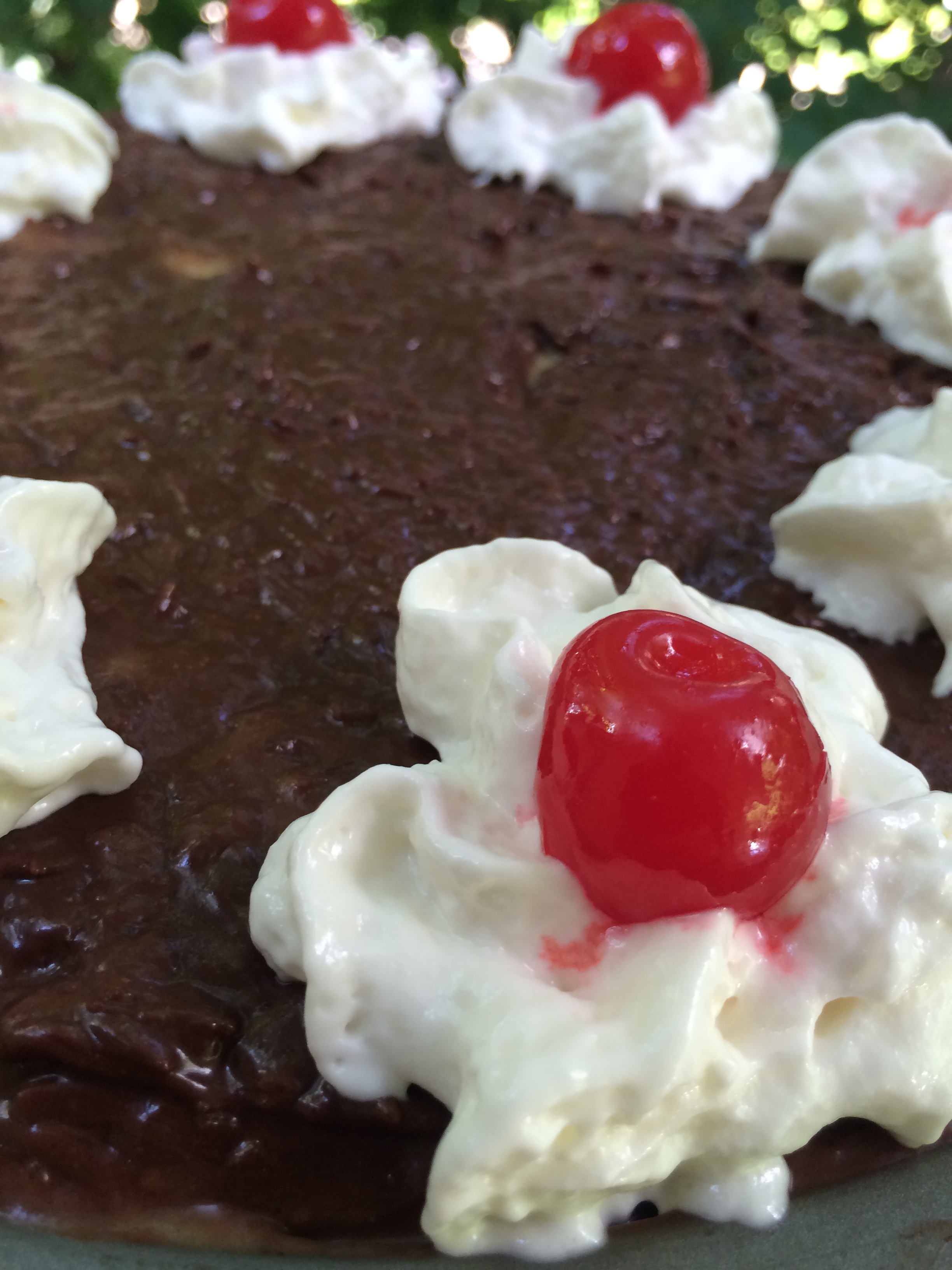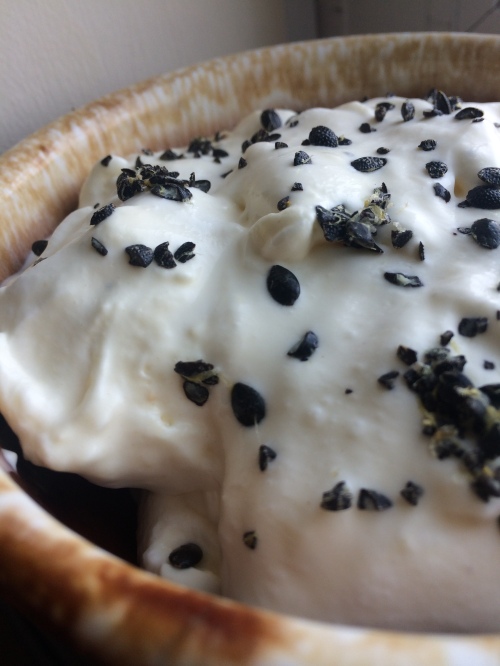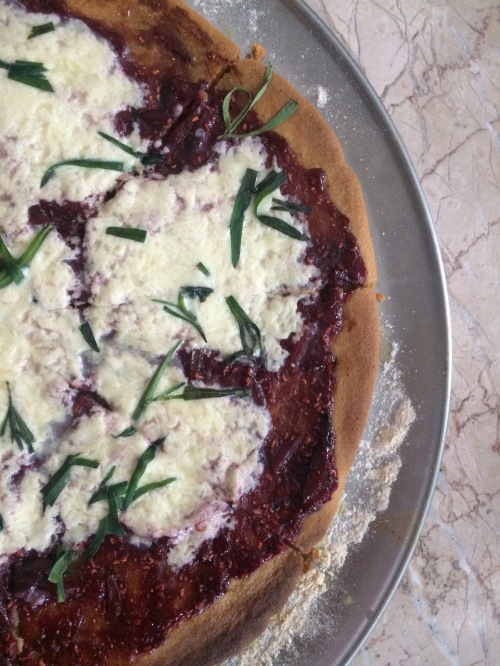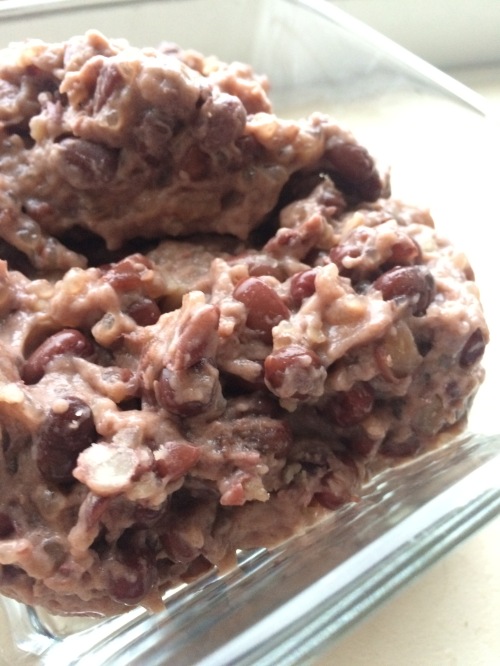In the late 19th and early 20th centuries, British occult writer James Churchward became known for his studies of the lost continent of Mu, spanning the breadth of the Pacific Ocean and connecting the Polynesian Islands. Expanding on the ideas of Augustus Le Plongeon, Churchward claimed that the island was the site of the Garden of Eden and the native Naacal people spawned the great ancient civilizations of the ancient world such as the Maya, the Egyptians and the Babylonians.

Churward’s own map, drawn in 1931, shows the migration of the Naacal eastward towards South America, through the great Amazon Sea, with distinct groups parting ways near the southern coast of Atlantis. However, as such civilizations normally do, Mu was destroyed in a single day and night and lost beneath the waves, its knowledge and technology with it. Modern science has definitively shown that Mu, Atlantis and other lost continents exist purely in the realm of pseudoscience, because the planet doesn’t work that way. It’s a fun story nonetheless.
The 45th week of Reddit’s 52 Weeks of Cooking Challenge brings us to the Pacific Islands. I’ve always had a fascination with mysteries of the ancient world, much like Mu. Rapa Nui, better known as Eastern Island, is one of those mysterious things that’s just incredibly captivating. While they’ve pretty much figured out what’s up with the Moai, the cuisine of the island hasn’t been looked into much with modern eyes and ears.
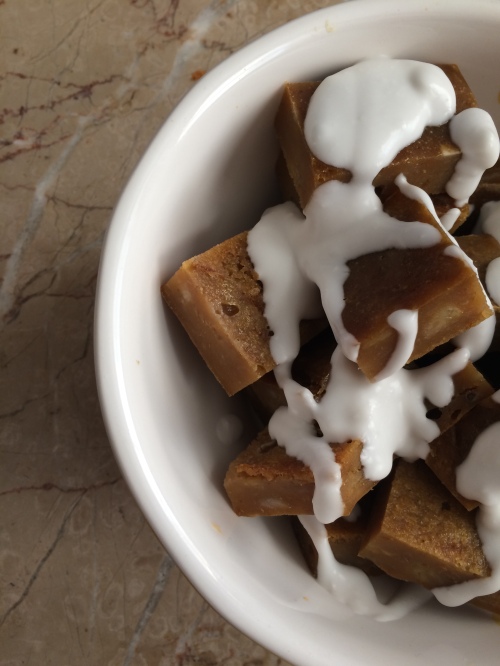 Po’e is a traditional dessert served throughout Polynesia. Typically made with banana or plantain with various tropical fruits, the Pascuanese version is known for using pumpkin. The fruits are mashed until smooth before being mixed with sugar, starch and a bit of vanilla. As with most traditional dishes in the area, it would normally be wrapped in banana leaf and baked in an buried oven. Once cooled, it’s cut into pieces and served with fresh coconut cream.
Po’e is a traditional dessert served throughout Polynesia. Typically made with banana or plantain with various tropical fruits, the Pascuanese version is known for using pumpkin. The fruits are mashed until smooth before being mixed with sugar, starch and a bit of vanilla. As with most traditional dishes in the area, it would normally be wrapped in banana leaf and baked in an buried oven. Once cooled, it’s cut into pieces and served with fresh coconut cream.
All the recipes I read refer to Po’e as more similar to a pudding, but that doesn’t really seem right. I would say it’s more like a less bready-y banana bread. Whatever you want to call it, it’s certainly delicious and makes for a filling breakfast or a light dessert to cap off a meal.
Po’e
makes about 3 servings
- Banana, medium, 4 each*
- Pumpkin, canned, 1 can*
- Brown Sugar, 1/2 cup
- Cornstarch or Arrowroot, 1 cup**
- Vanilla Extract, 2 teaspoons
- Coconut Cream, as needed***
Preheat oven to 375F. Puree bananas and pumpkin in food processor until completely smooth. Sift together brown sugar and cornstarch. COmbine dry ingredients with puree and vanilla, mixing to combine evenly. Butter a 9×9 baking dish and add banana mixture. Baking at 375F about 35 minutes, or until center is set. Allow to cool completely before cutting and serving with coconut cream.
*A lot recipes suggest trying it with mango, pineapple or papaya. The goal is to have 4 cups of puree total, regardless of its constituents.
**Arrowroot is more traditional, but also more expensive. Your call.
***Full-fat canned coconut milk will separate when refrigerated. Chill the can, scoop fat from the top, and add enough of the milk to make a sauce with the consistency of a loose custard.
